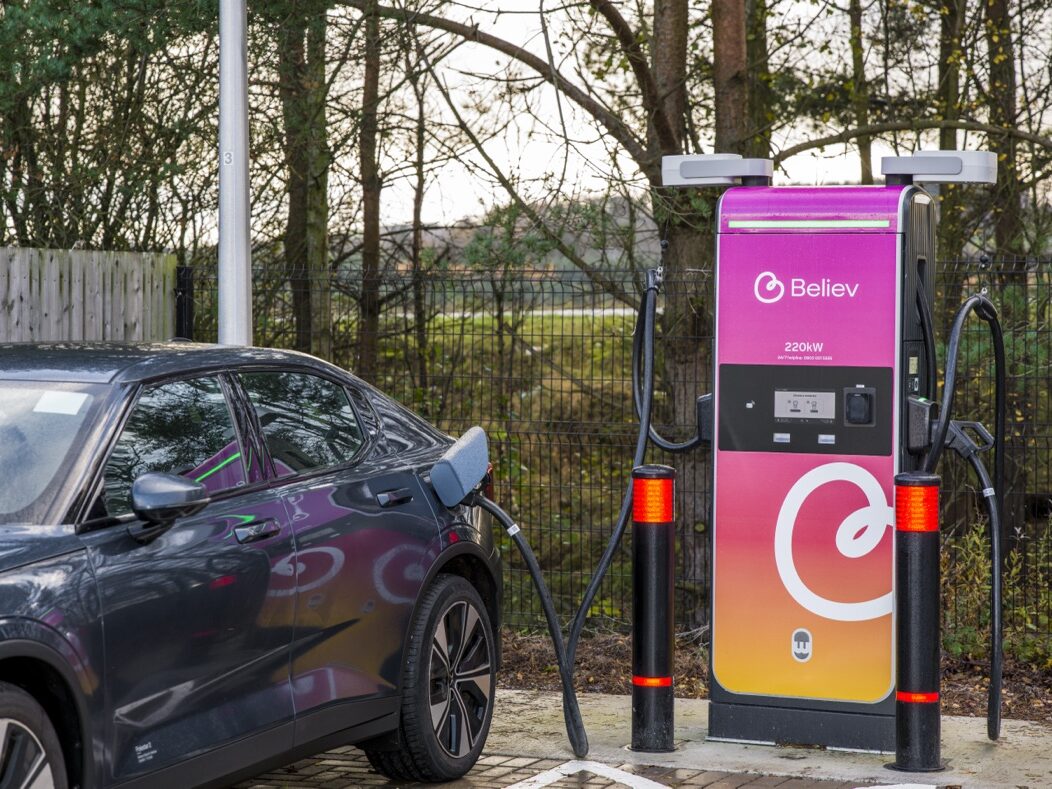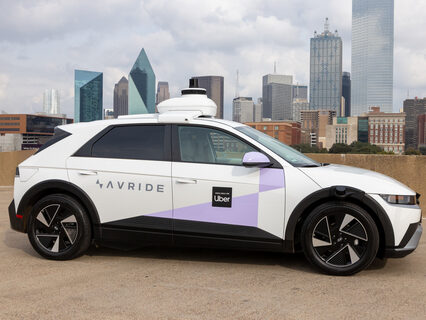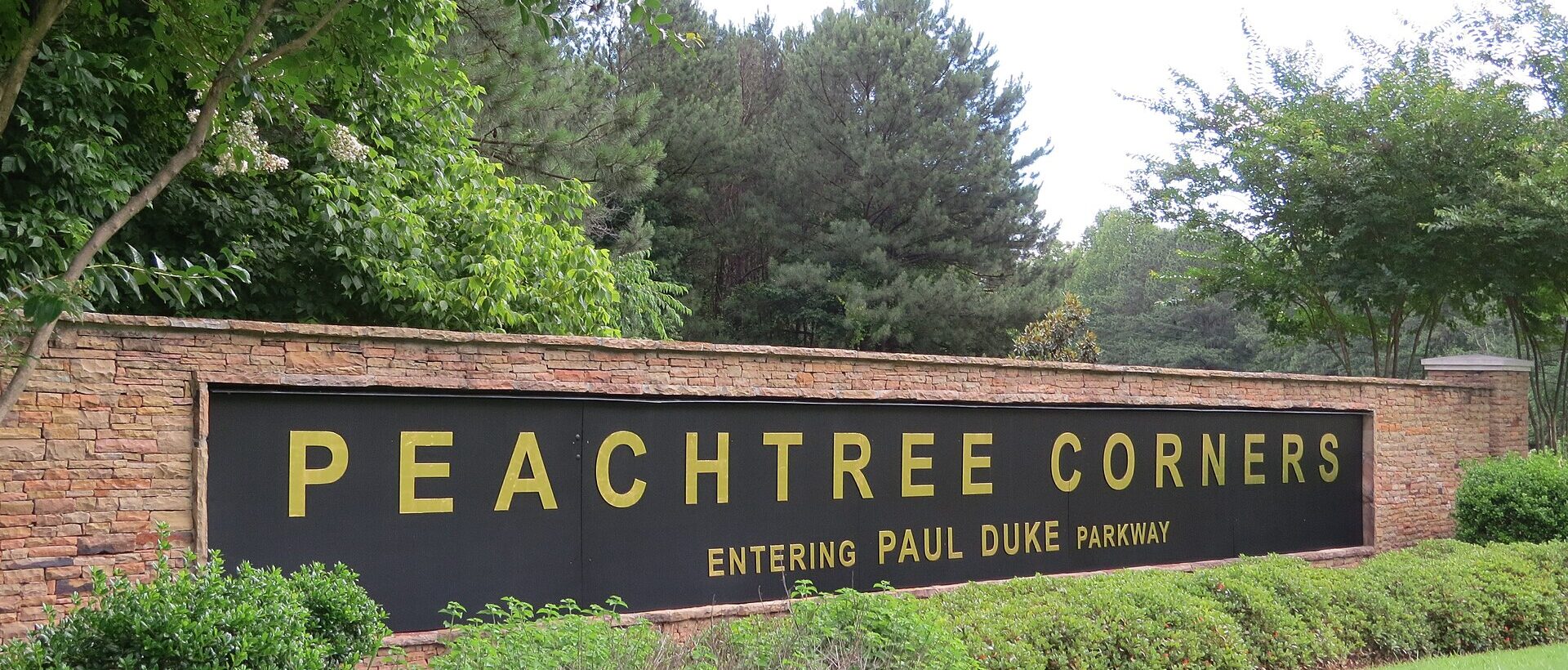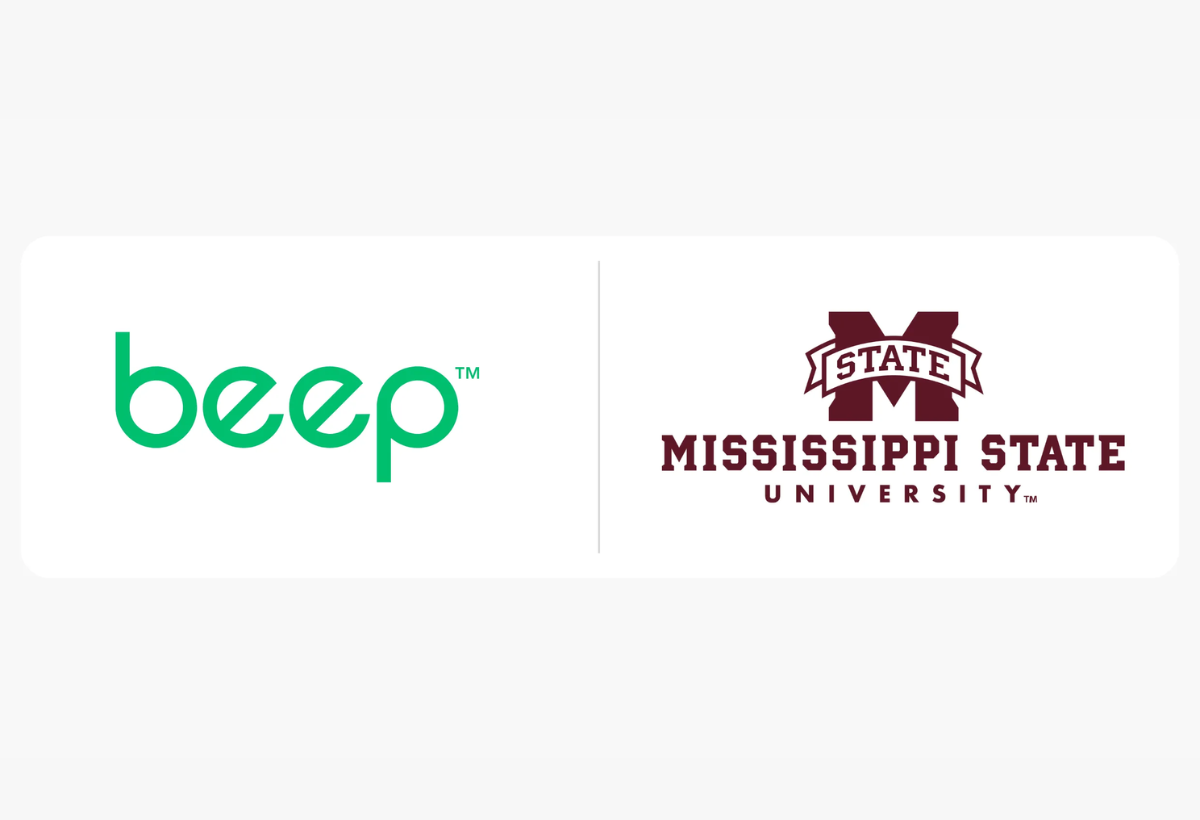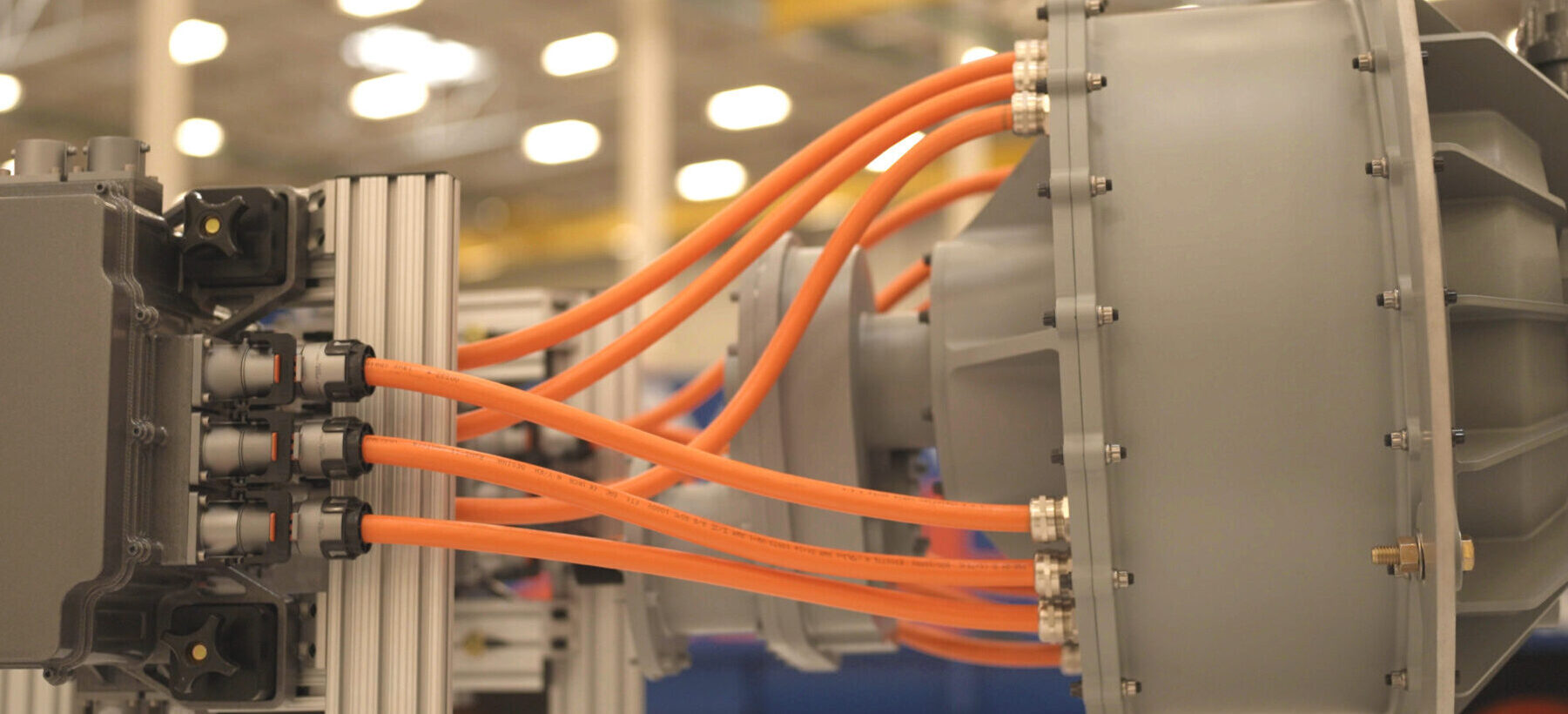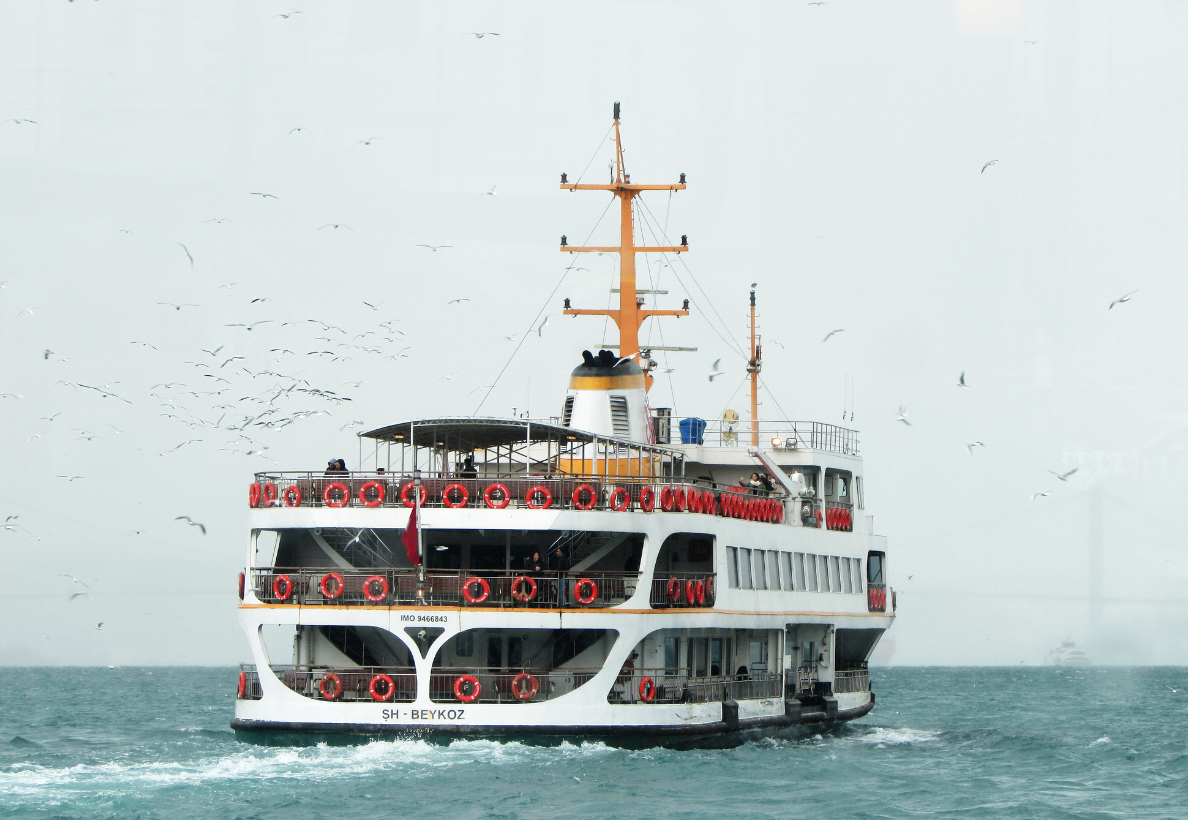During AutoSens 2024, driving simulation software specialist, rFpro, announced the development of a highly accurate 36km digital twin of Los Angeles.
The digital twin, which is the largest public road model developed by the company to date, aims to support the development of autonomous vehicles (AV) and automated driving technologies by allowing engineers to conduct AV trials within an extensive simulation before bringing any new solution to public roads.
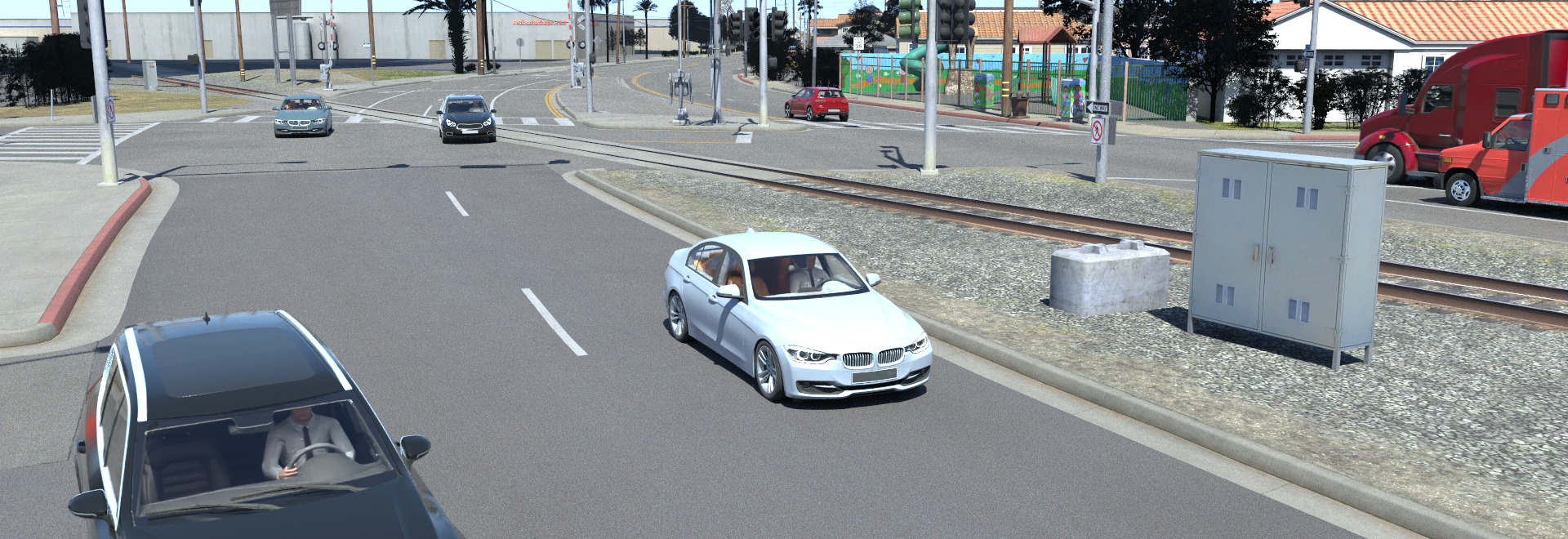
The model has been created with the use of survey-grade LiDAR scan data, and is traversible in both directions of its 36km loop, offering representations of up to 1mm accuracy across many of the city’s highways, split-dual carriageways and single carriageway sections.
rFpro Technical Director, Matt Daley, said:LA is one of the leading cities globally for developing and trialling autonomous vehicle technologies.
Our model provides OEMs with the ability to thoroughly train and test perception systems in a safe and repeatable environment before correlating these simulated results on the public road.
One of the key benefits of our technology is enabling real-world events and conditions to be recreated in a highly accurate simulation. This provides a better understanding of what happened in that particular scenario and allows new perception systems and control algorithms to be exhaustively tested in the same situation before deploying it on a vehicle.
Physically modelled with appropriate materials, the digital twin includes roughly 12,400 buildings, 40,000 pieces of vegetation and over 13,600 pieces of street furniture including street lights, traffic lights, road signs, road markings, walls and fences.




